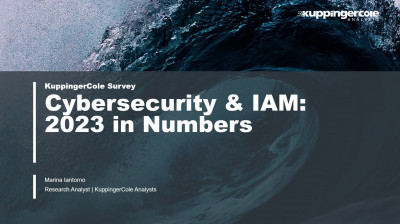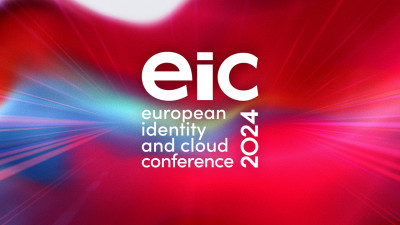Demand for cross-border travel has already surpassed pre-pandemic levels, and is expected to continue increasing. The International Air Transport Association (IATA) published the 2024 passenger market performance, where international traffic increased 13.6% compared to 2023, and capacity increased to compensate at 12.8% over 2023. It also predicts that passenger numbers will double from 4 billion passengers in 2019 up to 8 billion by 2040.
While air travel is just one means of cross-border travel, it displays how necessary it will be to increase the speed of identity document checks to accommodate rapidly increasing volumes – especially since the physical space that airports occupy cannot realistically grow to meet those demands. The only way to enable more people to pass through buildings that will not expand is to reduce the amount of time that they spend waiting there.
The way travel documents and security checks are conducted must be redesigned. Good thing the work has already begun.
The Trust Factor
By now you’ve likely heard of, and even personally experienced at least one of the technologies being used to transform cross-border travel: automated identity verification, verifiable credentials (VC), digital identity wallets, and mobile documents (mDoc) and mobile driving licenses (mDL). Regulations such as eIDAS 2.0 in Europe establishes a framework for accepting digital identity credentials across the EU member states for public and private services, including travel. It mandates that all EU member states recognize and accept European Digital Identity (EUDI) Wallets for online services, including travel-related verifications. This regulation is a major step toward ensuring that travelers can present digital credentials across borders without friction.
The introduction of eIDAS 2.0 within the EU aims to standardize digital identity acceptance across member states, but broader global adoption remains a challenge.
Trust and willingness for interoperable systems are the key challenges. While physical passports have long been the gold standard for international identification, digital travel credentials and digital ID wallets are still in their infancy. Without a globally recognized authority—like ICAO for physical passports—establishing widespread adoption of digital credentials for travel remains difficult.
However, promising regional initiatives like SITA’s biometric-driven travel solutions, India’s Digi Yatra program, and many others demonstrate progress toward a seamless digital travel experience.
Examples of Early Adopters
SITA, a global air transport IT provider, is working on a collection of digital travel credential solution that aim to eliminate the need for physical documents while maintaining strict privacy and security standards. Their system ensures that data integrity is preserved from issuance to verification, reducing document checks and wait times at immigration.
India’s Digi Yatra initiative is another promising model, onboarding passengers with a VC-based travel credential linked with their digital boarding pass. The digital credentials are presented at security checkpoints and supported with facial recognition for a contactless and faster airport experience. Since launch, the platform has been downloaded 8 million times and used 38 million times across 24 airports in just 22 months. It is currently limited to domestic travel for Aadhaar holders, but with plans to add support for other eIDs and travel documents.
Building a Future of Trusted Digital Travel
There is still plenty of work to do, particularly fostering international collaboration to ensure cross-border acceptance of credentials. KuppingerCole recommends that the travel industry:
- Encourages international collaboration so that standards and acceptance similar to ICAO’s standards for passports are extended to digital travel documents.
- Ensures independent security and privacy audits and governance to build public trust in digital travel credentials.
- Focuses on usability. The successes of current projects and solutions highlight that user adoption is key. Travelers need seamless experiences that improve their journeys.
Final Thoughts: The Path to Global Digital Identity
The future of frictionless digital travel is within reach. However, without strong international governance, digital travel credentials will remain fragmented.
While eIDAS 2.0 is leading the way in the EU, there is still a long journey ahead for true cross-border adoption. Governments, airlines, and identity providers must come together to establish common standards and frameworks to make digital travel a reality.
Want to be part of the conversation? Join us at EIC 2025 to discuss the future of digital identity and trust in travel! An entire track is dedicated to eIDAS2, ID wallets, and travel credentials, so don't miss out.


















































